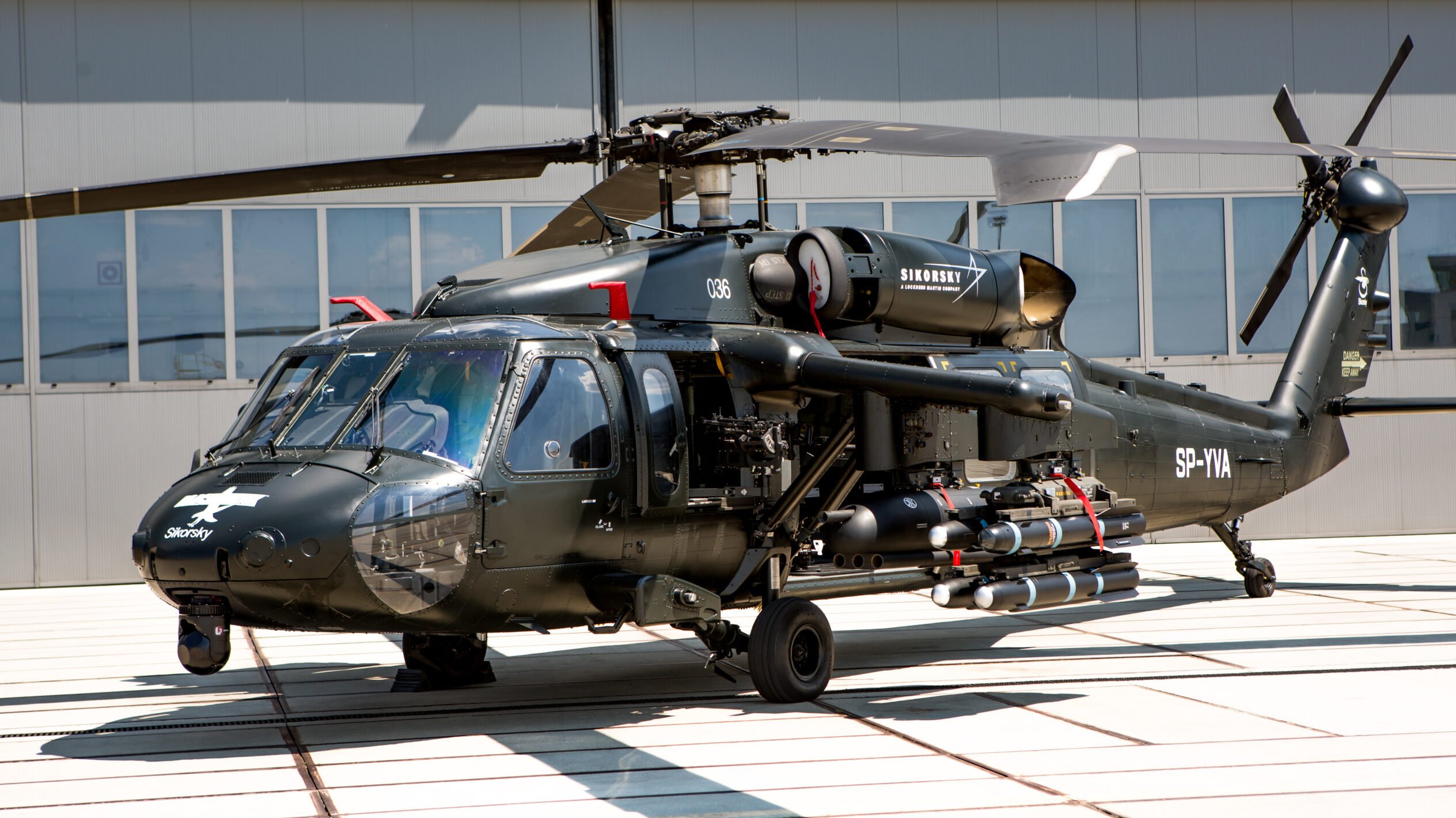Unveiling the Sikorsky S 70: Innovations and Advances in Helicopter Engineering
Unveiling the Sikorsky S 70: Innovations and Advances in Helicopter Engineering
Blog Article
Modernized Vertical Lift Platform With Advanced Composite Structures and Enhanced Safety And Security Measures
In the realm of upright lift systems, a substantial change towards modernization has actually been observed, driven by the assimilation of innovative composite frameworks and increased safety measures. In discovering the convergence of technology and safety and security in contemporary lift platforms, an engaging narrative arises, showcasing the capacity for transformative developments that provide to the ever-evolving requirements of industrial fields.
Development of Vertical Lift Systems

The advancement of upright lift platforms can be traced back to fundamental pulley-block systems and early elevator styles. In time, technologies such as hydraulic systems, electrical motors, and progressed control mechanisms have vastly enhanced the effectiveness and security of these systems. Suppliers have actually additionally concentrated on boosting the security, reach, and load-bearing abilities of upright lift systems to fulfill the varied demands of various sectors.
Moreover, the integration of clever technologies like sensing units, IoT connection, and automation attributes has actually additionally changed the abilities of contemporary vertical lift platforms. These technological enhancements not just boost functional performance but additionally ensure heightened safety and security criteria for workers utilizing these platforms at numerous heights. The continuous evolution of vertical lift systems emphasizes their indispensable duty in improving upright movement throughout sectors.
Combination of Advanced Composite Structures

Furthermore, the usage of sophisticated composite materials allows for even more complicated and enhanced structural layouts, enabling designers to customize the system's homes to satisfy specific performance demands. On the whole, the consolidation of innovative composite structures in modern upright lift platforms stands for a considerable development in aerospace technology, leading to a lot more effective, dependable, and find out here now more secure airborne transport systems.
Boosted Precaution Execution
Carrying out boosted safety measures is essential in guaranteeing the ideal performance and reliability of modern vertical lift platforms. One crucial facet of boosted safety and security actions is the integration of advanced sensor technologies to keep track of different parameters in real-time.

Industry Applications and Benefits
With developments in modern technology and engineering, improved vertical lift systems have discovered varied applications across various markets, providing significant benefits in performance and productivity. In the production sector, these platforms simplify the process of delivering hefty materials and tools within facilities, minimizing manual handling and improving functional effectiveness. The building and construction sector take advantage of vertical lift systems by making it possible for workers to gain access to raised locations safely and effectively, enhancing overall job timelines. Warehousing and logistics firms make use of these platforms to maximize storage room utilization and assist in quicker selecting and packaging procedures.
Furthermore, vertical lift platforms play an important function in the maintenance and repair work of facilities such as bridges, power lines, and buildings, permitting professionals to get to hard to reach locations with simplicity (sikorsky s 70). The air travel industry also leverages these systems for airplane upkeep and assembly tasks, boosting content process effectiveness and guaranteeing worker safety and security at elevations. Generally, the extensive adoption of up-to-date upright lift platforms across sectors highlights their flexibility and the significant renovations they give different procedures
Future Trends in Lift System Innovation
Integrating sophisticated automation and intelligent functions, lift platform innovation is poised to transform vertical transport systems in the near future. One crucial trend is the assimilation of Web of Things (IoT) technology, enabling lift systems to connect real-time information for anticipating maintenance, optimizing performance, and boosting safety and security. As lift system modern technology proceeds to advance, these patterns are set to shape the future of upright transport, making it a lot more reliable, risk-free, and easy to use.
Conclusion
To conclude, the up-to-date vertical lift system showcases the advancement of modern technology in the industry. By incorporating innovative composite structures and boosted safety actions, this platform supplies raised effectiveness and safety for different applications. The industry can profit substantially from these developments, and future fads in lift platform modern technology are likely to proceed surpassing these advancements for even higher success and efficiency.
In the realm of upright lift platforms, a substantial shift towards innovation has been observed, driven by the combination of innovative composite structures and increased safety and security procedures. The constant advancement of vertical lift platforms emphasizes their essential function in boosting vertical flexibility across markets.

The unification of innovative composite structures in contemporary upright lift systems has actually considerably improved their architectural honesty and efficiency capabilities. By integrating these advanced composites into the style and building and construction of upright lift systems, manufacturers can decrease general weight, boost load-carrying capacity, and enhance visit this website the system's toughness and long life.
Implementing enhanced safety steps is crucial in ensuring the ideal performance and dependability of contemporary vertical lift platforms.
Report this page